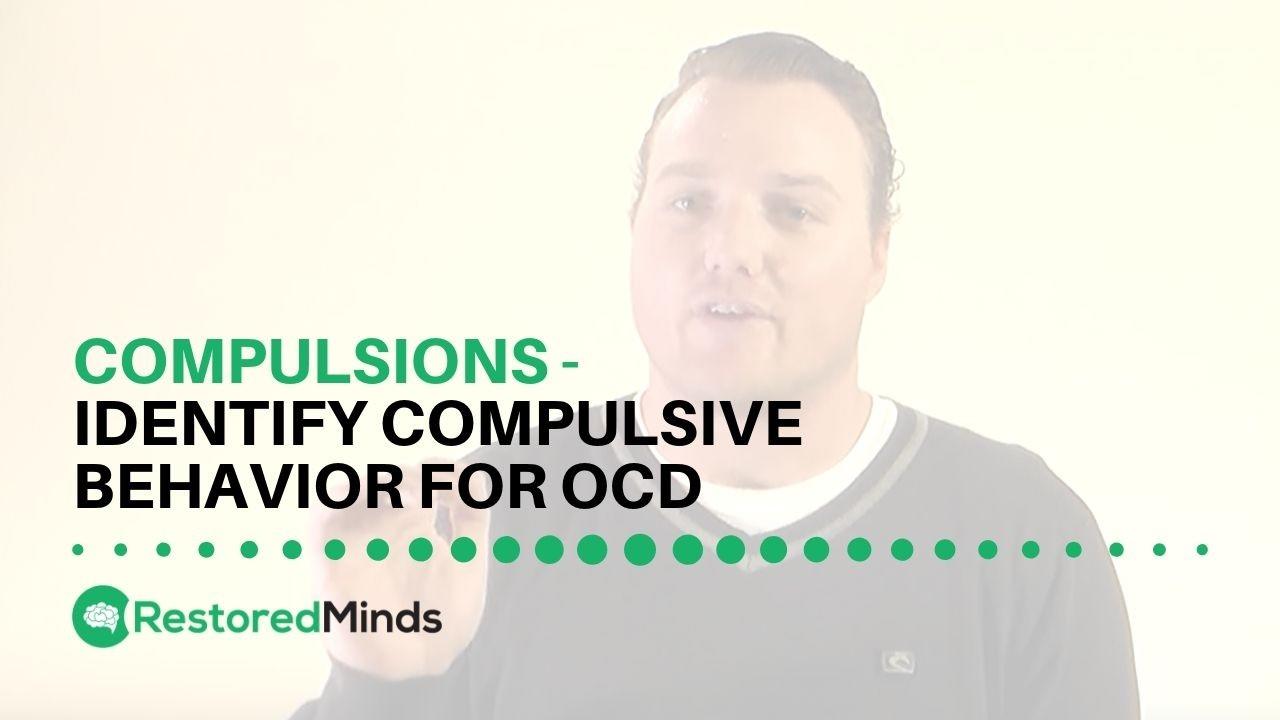Types of Compulsions
Jul 17, 2017
Understanding Compulsions in OCD: A Guide to Identifying and Overcoming Compulsive Behaviors
In today's episode, we’ll be discussing an essential aspect of OCD – compulsions. Understanding and identifying these compulsive behaviors is the first step towards breaking free from the OCD cycle.
What Are Compulsions in OCD?
Obsessive-Compulsive Disorder (OCD) is characterized by unwanted, persistent thoughts (obsessions) and repetitive behaviors (compulsions). While obsessions are the mental aspect, compulsions represent the behavioral side. These behaviors are often performed to alleviate the anxiety caused by obsessions, but they ultimately perpetuate the OCD cycle.
Different Types of Compulsions
In a recent video by Matt from Restored Minds, he breaks down the various types of compulsions, emphasizing the importance of recognizing them in your journey to recovery. Let’s explore some of these compulsions in detail.
1. Mental Compulsions
Mental compulsions can be particularly challenging to spot but are crucial to address. Matt highlights three primary mental compulsions:
-
Thought Blocking:
Deliberately trying not to think a certain thought, usually related to your obsession.
-
Thought Suppression:
Attempting to push a thought away once it occurs.
-
Thought Replacement:
Replacing an obsessive thought with a ‘good’ thought.
2. Behavioral Compulsions
Matt also discusses several behavioral compulsions that individuals with OCD commonly engage in. These include:
-
Counting:
Repeating numbers to block out obsessive thoughts.
-
Praying:
Seeking divine intervention to eliminate or reduce obsessive thoughts.
-
Distraction:
Focusing on activities or objects to avoid thinking about a particular obsession.
-
Ruminating:
Continuously analyzing and re-evaluating a situation to seek certainty or relief.
3. The Big Three Compulsions
According to Matt, the following three compulsions are particularly prevalent and often difficult to identify:
a. Avoidance
Avoidance is one of the hardest compulsions to spot since it involves not doing something rather than performing an action. People with OCD may avoid:
-
Potentially contaminated objects.
-
Television shows or places that trigger obsessions.
-
Social situations that incite fear.
b. Checking
This compulsion can manifest in various forms, such as:
-
Repeatedly checking locks or appliances.
-
Verifying personal actions (e.g., whether you hit someone with a car).
-
Checking for physiological responses to certain stimuli.
c. Reassurance Seeking
In Matt’s opinion, reassurance seeking is the most prevalent compulsion. It includes:
-
Researching on the Internet for symptoms or information.
-
Asking others for confirmation or reassurance.
-
Consulting religious leaders for moral or spiritual reassurance.
Overcoming Compulsions: Why Identification is Key
Identifying these compulsive behaviors is critical to overcoming OCD. While engaging in these actions might provide temporary relief, they ultimately intensify the obsessive cycle in the long run. By recognizing and addressing these compulsions, you can take substantial steps toward recovery.
Your Next Steps
For more detailed guidance and strategies to overcome compulsions, be sure to check out Matt’s video on Exposure and Response Prevention (ERP) and visit www.restoredminds.com. You can also join the conversation on our Facebook page and follow us on Twitter for regular updates and tips.


